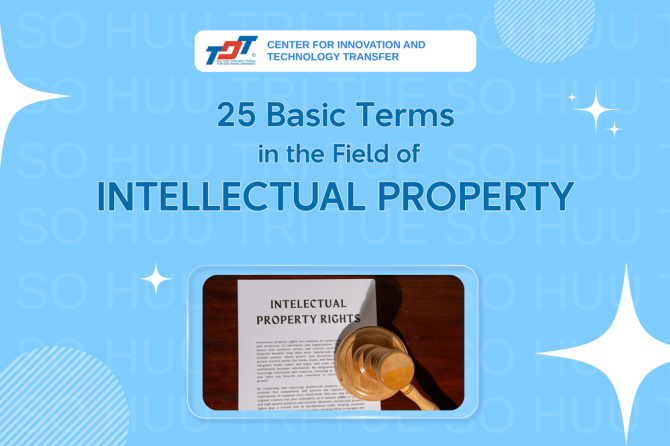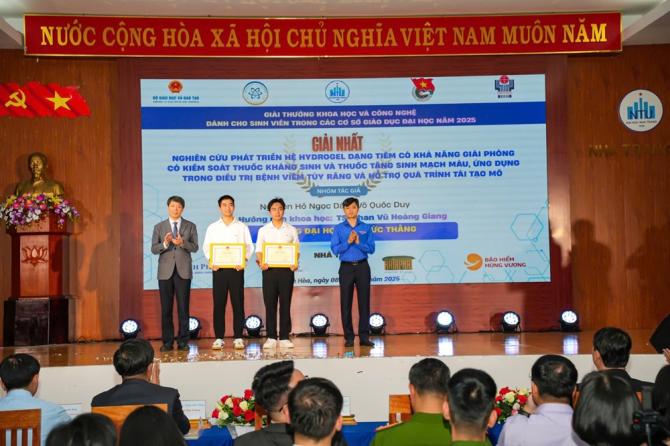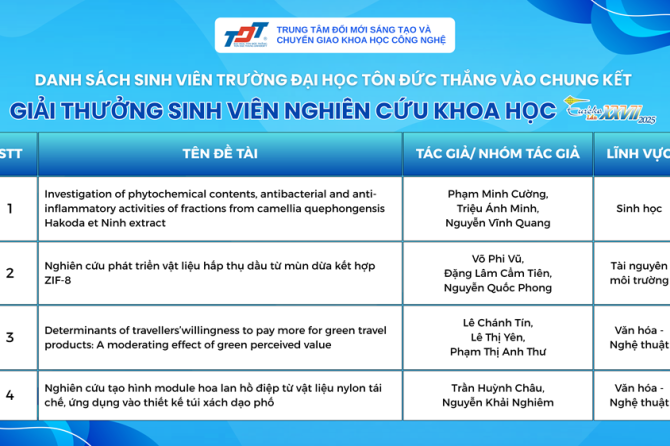Artificial Intelligence and Intellectual Property: An Economic Perspective in the Era of Innovation
In the era of the Fourth Industrial Revolution, artificial intelligence (AI) is rapidly transforming the way humans create and innovate. The report “Artificial Intelligence and Intellectual Property: An Economic Perspective” published by the World Intellectual Property Organization (WIPO) provides valuable insights into the economic impact of AI on the intellectual property (IP) system.
AI – A tool or a new creator?
Today, AI is no longer merely an assistive tool – it is becoming a “creator” in many fields. AI can write books, compose music, generate paintings and even come up with technological inventions. This raises many questions regarding the legality and ownership of AI-generated outputs.
The report divides AI creativity into four levels:
- AI as a core technology – underlying AI algorithms and foundational models;
- AI-assisted creativity – AI as a tool in the invention process, without directly influencing the final outcome;
- AI integrated into products – AI forms part of the product itself;
- Autonomous AI-generated creativity – products created almost entirely by AI without human intervention.
It is the fourth level where most legal controversies arise, especially when determining copyright and patent ownership.
Intellectual property (IP) from an economic perspective
According to economists, the IP system was created to solve an “incentive problem” – enabling creators to gain returns from their investment in research and development. However, if AI can automatically generate value without large investment costs, then the role of protection mechanisms such as patents and copyright may need to be reconsidered.
For example, in the pharmaceutical industry, it can take billions of dollars and decades of trials to develop a new drug. If AI can shorten this process, the question becomes: is it still necessary to grant 20 years of exclusivity?
Impact on creative industries
In fields such as music, film and fine arts – where copyright is the main protective tool – AI could completely change the “rules of the game”. Works generated by AI are currently not eligible for copyright protection in many jurisdictions. This opens up opportunities for broader access to creativity, but also threatens the income and status of traditional artists.
Without copyright protection, companies may hesitate to invest in AI-generated products due to a lack of safeguards for their interests. On the other hand, AI could also unlock creative potential – especially for young people, people with disabilities or groups that previously had limited access to opportunities.
Training data – a strategic resource
AI cannot function without data. The report highlights that access to high-quality data remains a major barrier, particularly as most data is owned or restricted by law (e.g. medical data, copyrighted texts and images).


The development of synthetic data – data created by AI itself – is a potential solution, but there are still debates about its reliability and representativeness.
Conclusion: The report recommends that policymakers proceed with caution and avoid rushing to change legal frameworks before sufficient empirical evidence is available. At the same time, legal uncertainty may also stifle innovation if left unaddressed. The role of economic researchers is therefore crucial at this stage – to properly assess the impact of AI on the creative ecosystem, the labor market and future business models.
Sources:
Dernis, H., & Gkotsis, P. (2023). Artificial intelligence and intellectual property: An economic perspective (WIPO Economic Research Working Paper No. 77). World Intellectual Property Organization.





